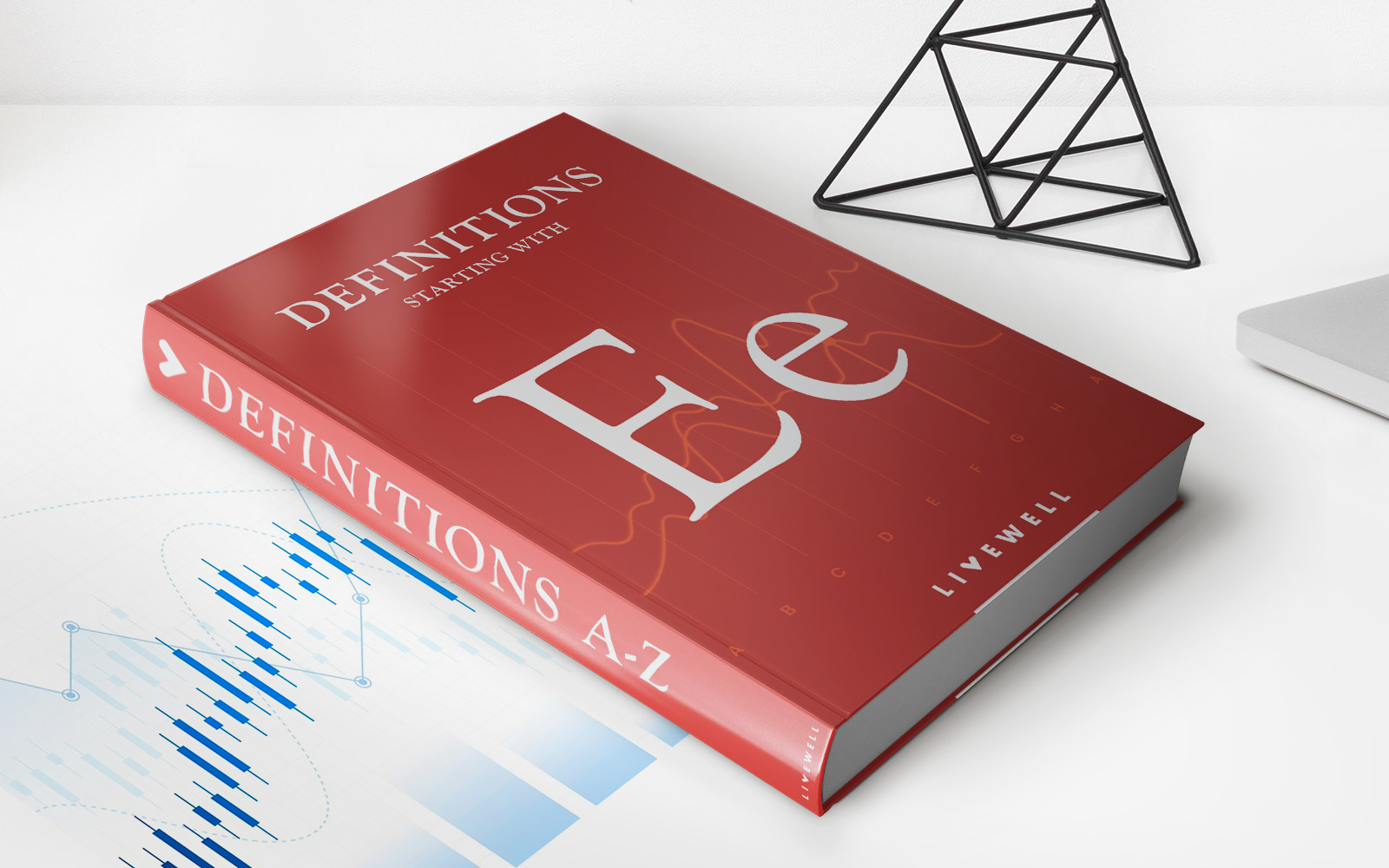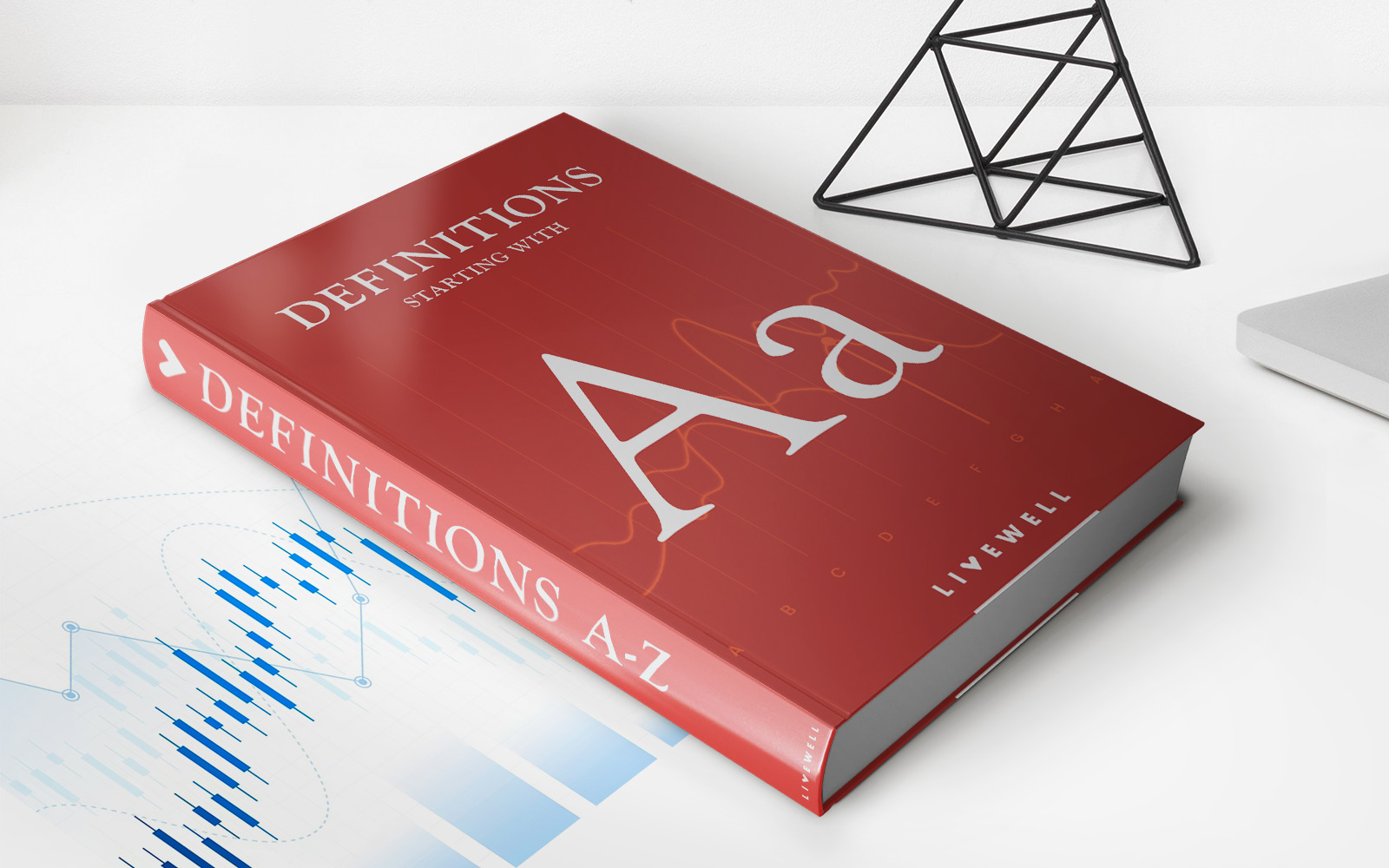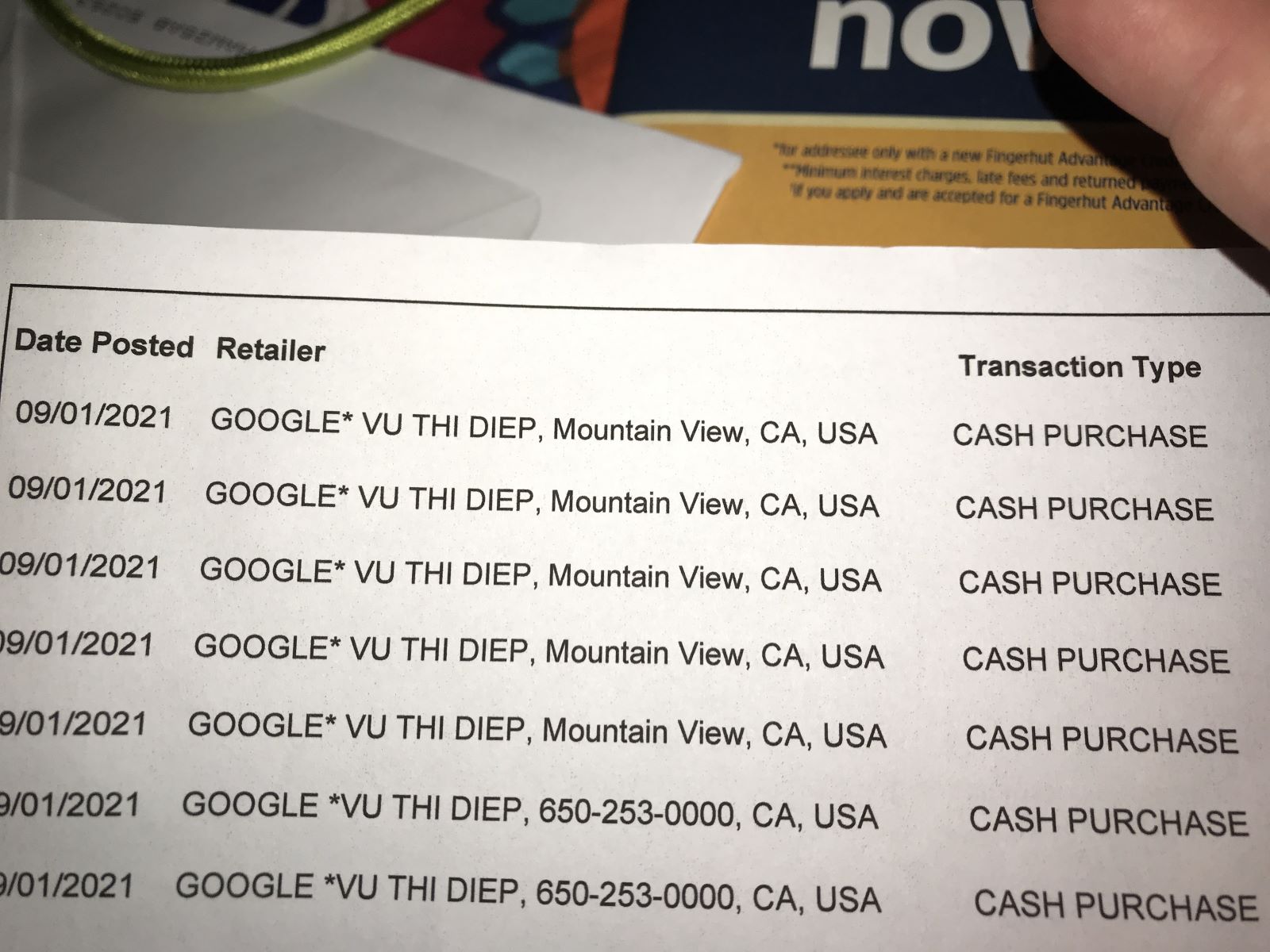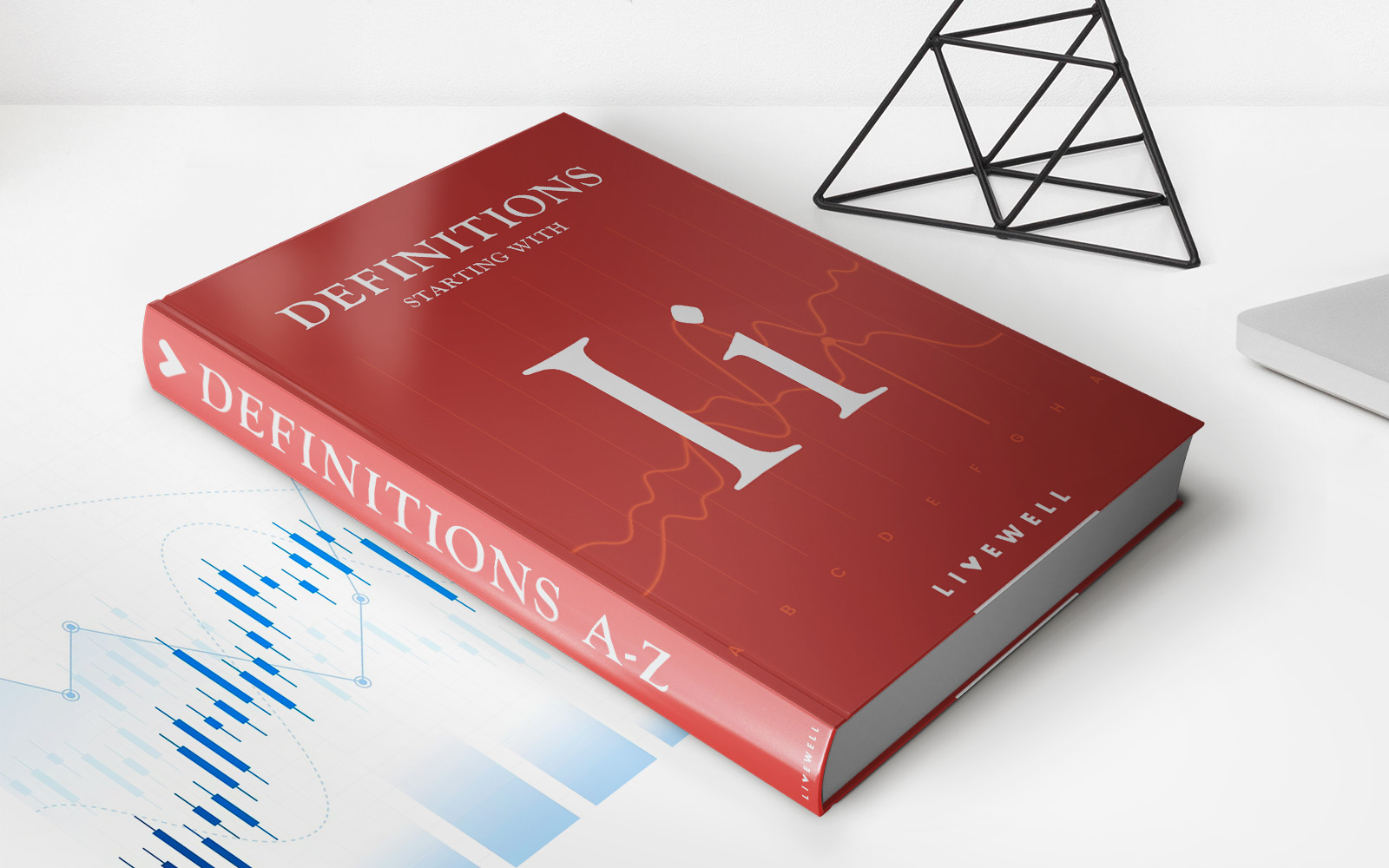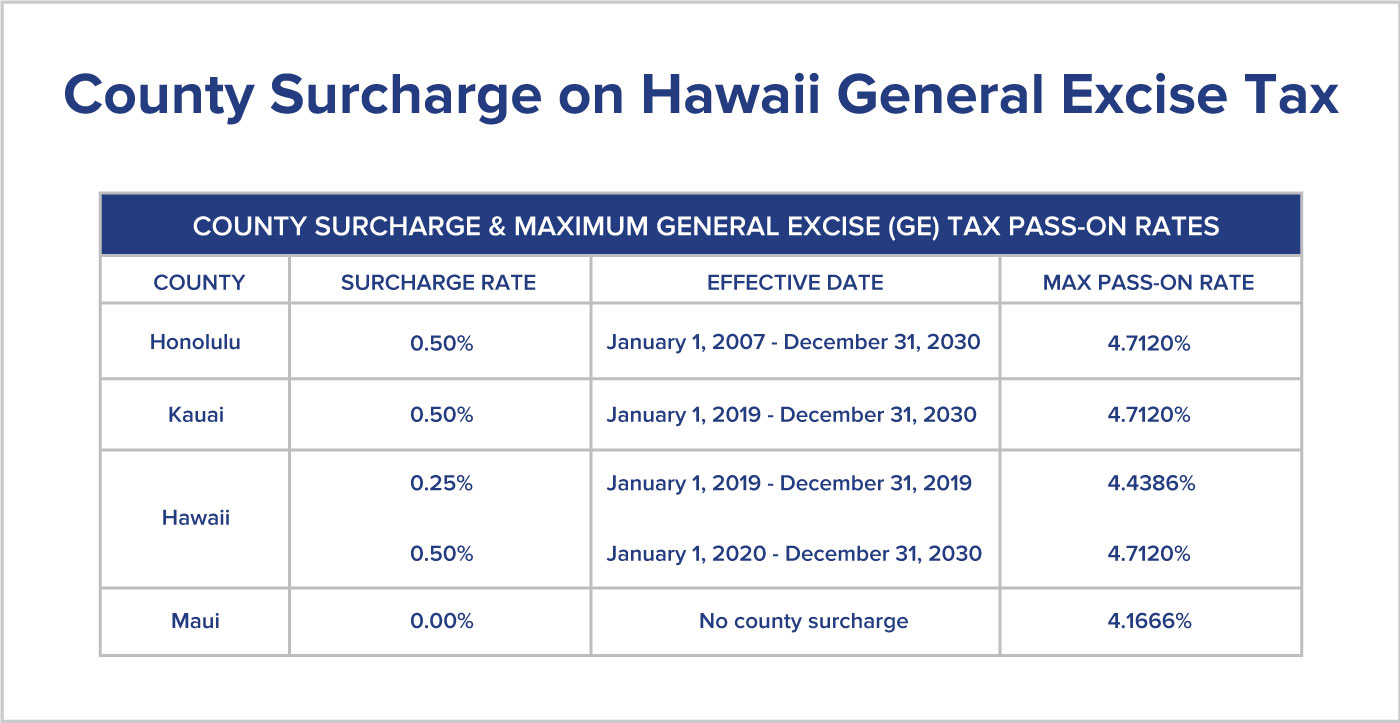Home>Finance>Loan Life Coverage Ratio (LLCR): Definition, Calculation Formula
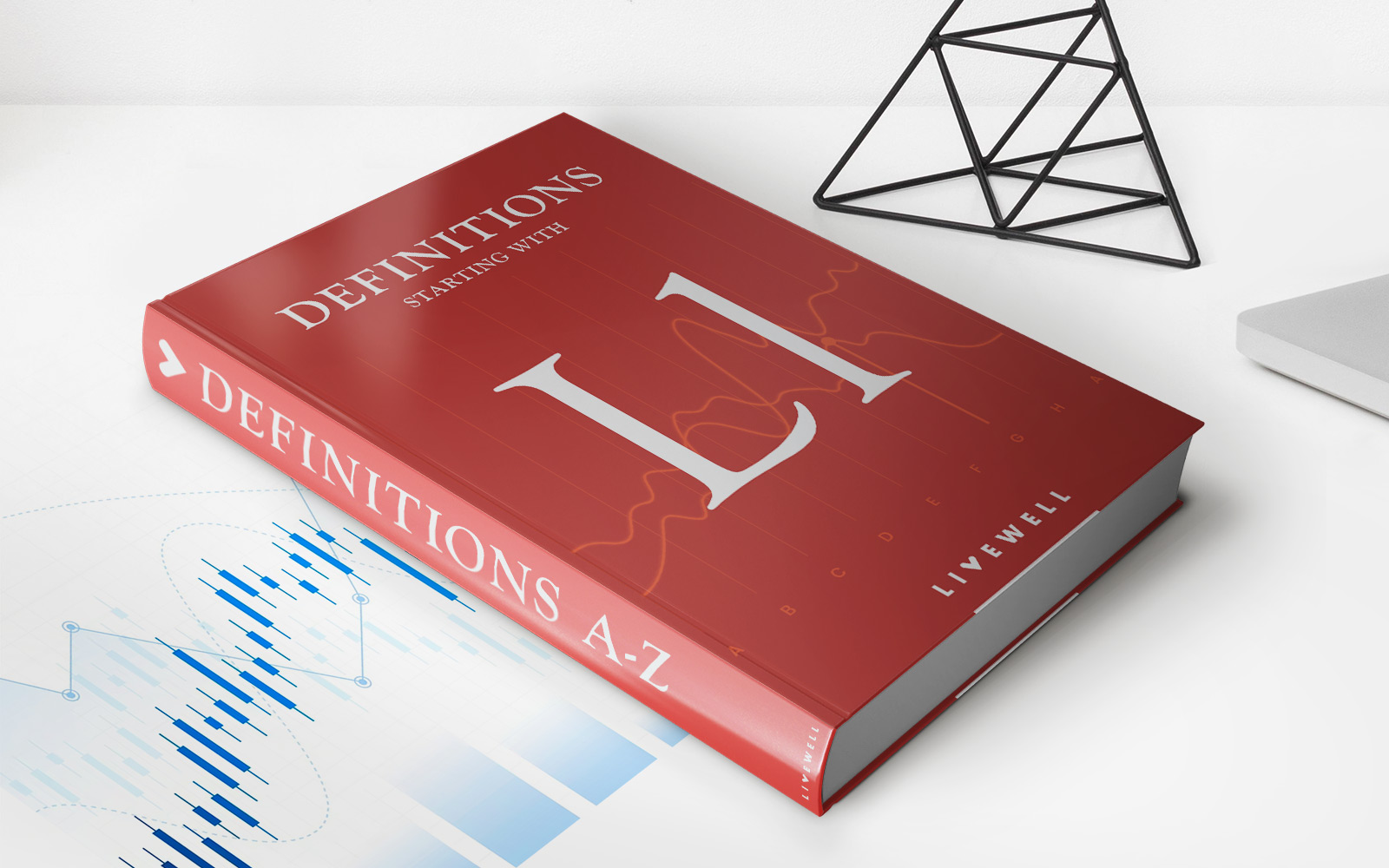

Finance
Loan Life Coverage Ratio (LLCR): Definition, Calculation Formula
Published: December 19, 2023
Learn the definition and calculation formula for Loan Life Coverage Ratio (LLCR) in finance and gain valuable insights into managing your loan obligations.
(Many of the links in this article redirect to a specific reviewed product. Your purchase of these products through affiliate links helps to generate commission for LiveWell, at no extra cost. Learn more)
Understanding Loan Life Coverage Ratio (LLCR): Definition, Calculation Formula
Are you looking to gain a better understanding of the Loan Life Coverage Ratio (LLCR)? In the world of finance, this ratio plays a crucial role in evaluating the risk associated with lending and borrowing, both for individuals and businesses. In this blog post, we will delve into the definition of LLCR and explore its calculation formula, giving you the knowledge you need to navigate the realm of finance effectively.
Key Takeaways:
- Loan Life Coverage Ratio (LLCR) is a financial metric that calculates the borrower’s ability to cover debt obligations throughout the life of the loan.
- The LLCR formula is calculated by dividing the net present value of projected cash flows by the outstanding loan balance.
What is Loan Life Coverage Ratio (LLCR)?
The Loan Life Coverage Ratio (LLCR) is a financial measure that assesses an individual or business’s ability to meet their debt obligations over the life of a loan. This ratio helps lenders gauge the risk associated with lending, ensuring that borrowers have sufficient cash flow to cover their loan payments consistently.
The LLCR provides a comprehensive picture of a borrower’s financial health by considering the projected cash flows over the loan’s entire term. This holistic outlook allows lenders to make informed decisions about loan approvals and helps borrowers understand their ability to manage the loan successfully.
How is the LLCR Calculated?
The Loan Life Coverage Ratio (LLCR) is calculated using the following formula:
LLCR = (Net Present Value of Projected Cash Flows) / (Outstanding Loan Balance)
To calculate the LLCR, follow these steps:
- Determine the net present value of the projected cash flows, taking into account any income generated by the borrower.
- Calculate the outstanding loan balance, including the principal amount and the accrued interest.
- Divide the net present value of projected cash flows by the outstanding loan balance.
- The resulting LLCR will indicate the borrower’s ability to meet their debt obligations over the life of the loan.
Why is the LLCR Important?
The Loan Life Coverage Ratio (LLCR) is a crucial metric for both lenders and borrowers. Here’s why:
- Risk assessment: Lenders utilize the LLCR to assess the risk of a loan before approving it. By gauging the borrower’s ability to cover debt obligations over time, lenders can make data-driven decisions and mitigate potential risks.
- Borrower insight: The LLCR serves as a tool for borrowers to gauge their ability to fulfill loan obligations. By analyzing their projected cash flows and comparing them to the outstanding loan balance, borrowers can plan their finances effectively and ensure they make timely repayments.
In Summary
The Loan Life Coverage Ratio (LLCR) is an essential financial metric that helps both lenders and borrowers assess loan-related risks. By calculating the ratio using the provided formula, lenders can make informed decisions, while borrowers can gain insight into their ability to meet debt obligations over the life of a loan. Understanding the LLCR is crucial for maintaining healthy financial management and making wise borrowing choices.





